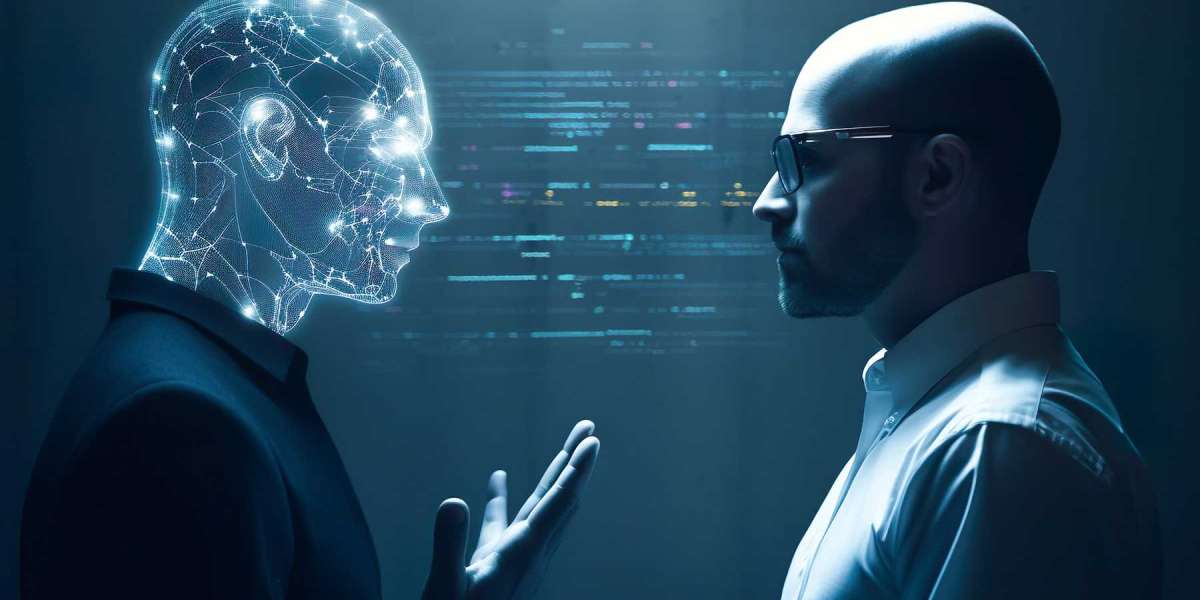The rapid advancements in artificial intelligence (AI) have led to the development of powerful tools capable of generating incredibly realistic images and videos. While these technologies have numerous applications, they also pose significant risks, particularly in the spread of misinformation.
AI Image Generators
AI image generators, such as DALL-E 2 and Midjourney, can create highly detailed and visually convincing images based on text prompts. These tools have been used for creative purposes, such as generating art and design concepts. However, they can also be exploited to create misleading or harmful content.
Deepfakes
Deepfakes are a more advanced form of AI-generated content that involves replacing a person's face or voice in existing videos with that of another person. Deepfake technology has become increasingly sophisticated, making it difficult to distinguish real from fake content.
The Misinformation Problem
The potential for AI image generators and deepfakes to spread misinformation is a serious concern. These technologies can be used to create fabricated evidence, manipulate public opinion, and even undermine trust in institutions. For example, deepfakes could be used to create fake news stories or to discredit political opponents.
Addressing the Challenges
To mitigate the risks associated with AI image generators and deepfakes, several strategies can be employed:
- Technological Countermeasures: Researchers are working on developing tools to detect and identify AI-generated content. These tools can analyze various characteristics of images and videos, such as pixel patterns, inconsistencies, and artifacts, to determine whether they are likely to be fake.
- Education and Awareness: Raising public awareness about the dangers of AI-generated misinformation is crucial. Educating people about how to identify fake content and critically evaluate information can help reduce its impact.
- Regulation and Policy: Governments and organizations can play a role in regulating the development and use of AI image generators and deepfakes. This could involve establishing guidelines for responsible use, imposing penalties for the creation and dissemination of harmful content, and promoting transparency in AI development.
- Fact-Checking and Verification: Independent fact-checking organizations can play a vital role in verifying the authenticity of images and videos. By investigating claims and providing accurate information, these organizations can help combat the spread of misinformation.
Conclusion
AI image generators and deepfakes represent a powerful new technology with both positive and negative implications. While these tools can be used for creative and beneficial purposes, they also pose a significant risk to the spread of misinformation. Addressing this challenge will require a combination of technological advancements, public education, regulatory measures, and robust fact-checking efforts. By working together, we can harness the power of AI while minimizing its potential harms.







